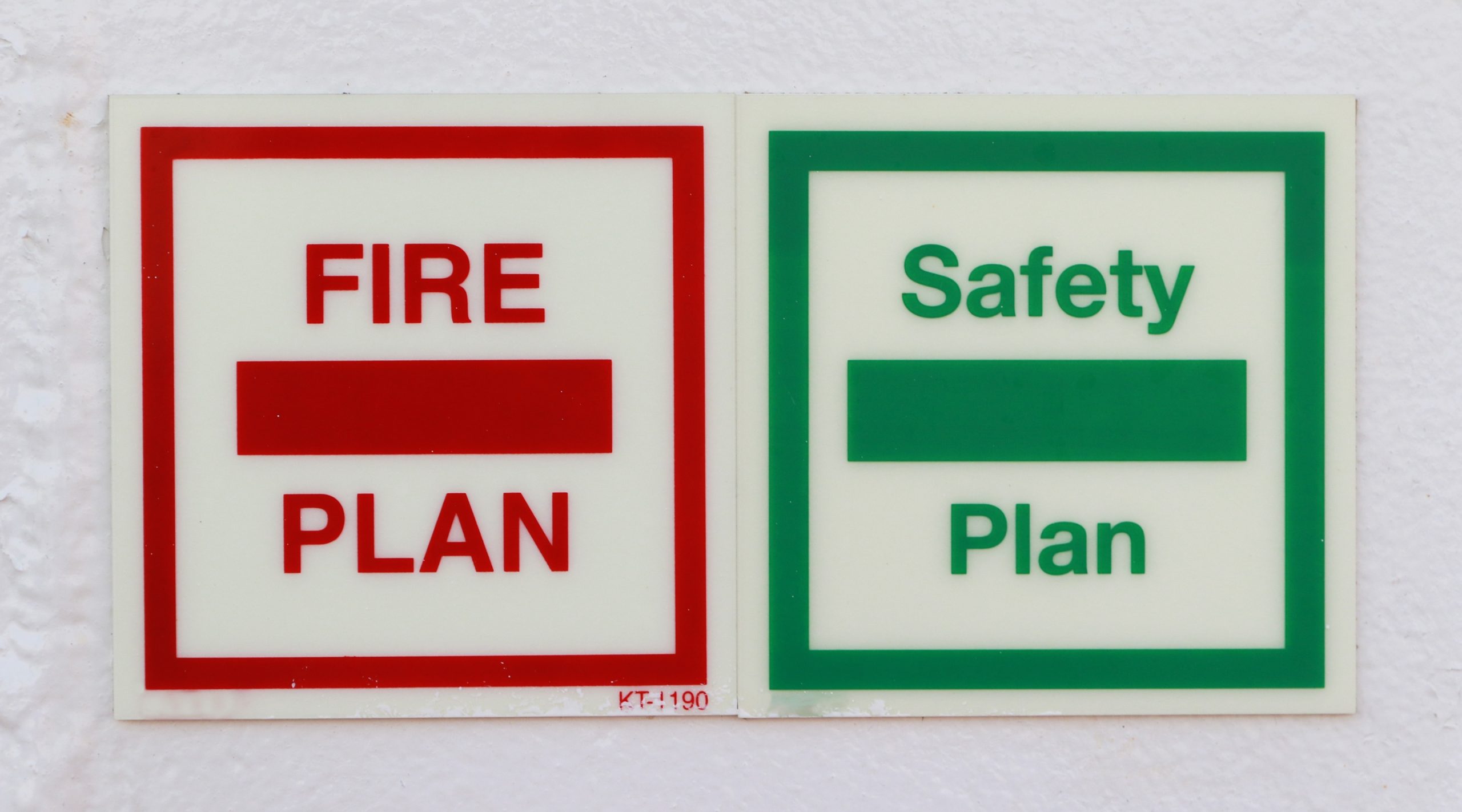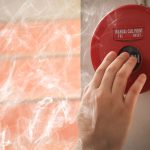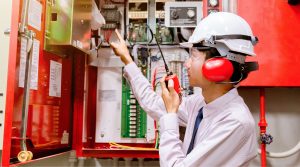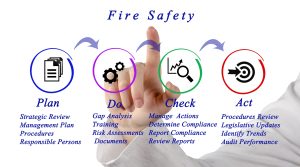
What to Expect During a Fire Safety Inspection in Singapore
Introduction
Fire safety is a critical concern for businesses and residential buildings in Singapore. The Singapore Civil Defence Force (SCDF) conducts fire safety inspections to ensure that properties comply with the Fire Safety Act and relevant regulations. Understanding the inspection process can help property owners and managers prepare effectively and avoid penalties.
Purpose of a Fire Safety Inspection
A fire safety inspection aims to verify compliance with fire safety regulations, minimize fire hazards, and protect occupants. It ensures that buildings adhere to safety standards, such as having adequate fire protection systems, clear evacuation routes, and properly maintained firefighting equipment.
Frequency and Triggers for Fire Safety Inspections
Fire safety inspections can be scheduled or unscheduled. Common triggers include:
Routine inspections for buildings with high occupancy rates.
New building approvals and renovations requiring a Fire Safety Certificate (FSC).
Complaints or reported violations.
Random audits by the SCDF to ensure compliance.
Key Areas Covered in a Fire Safety Inspection
During an inspection, SCDF officers typically assess the following:
1. Fire Protection Systems
Fire alarms, sprinklers, and smoke detectors must be functional.
Fire extinguishers should be easily accessible and maintained.
Fire hose reels and dry risers must be in working condition.
2. Emergency Exits and Escape Routes
Exit doors should be unobstructed and easily openable.
Emergency lighting and exit signs must be operational.
Escape routes should remain clear and properly marked.
3. Fire Safety Compliance Documents
Fire Emergency Plan (FEP) must be available and updated.
Fire drills should be conducted as per SCDF guidelines.
Fire Safety Manager (FSM) and Fire Warden appointment records should be maintained for designated premises.
4. Electrical Safety and Housekeeping
No overloaded electrical circuits or improper wiring.
Flammable materials should be stored safely.
Proper housekeeping to prevent fire hazards.
Consequences of Non-Compliance
Failure to meet fire safety standards can lead to penalties, including:
Fines or prosecution under the Fire Safety Act.
Temporary closure of non-compliant premises.
Revocation of business licenses for severe violations.
Legal action in the event of a fire due to negligence.
To ensure a smooth inspection process, businesses and property managers should:
Conduct regular internal fire safety checks.
Keep fire protection systems well-maintained.
Train staff on fire safety procedures and emergency response.
Maintain updated fire safety documentation.
Conclusion
Fire safety inspections in Singapore are crucial for ensuring the safety of building occupants and compliance with fire regulations. Understanding the key areas inspected and preparing in advance can help businesses and property owners avoid penalties while ensuring a safer environment. By prioritizing fire safety, businesses not only comply with regulations but also protect lives and property from potential fire hazards.






